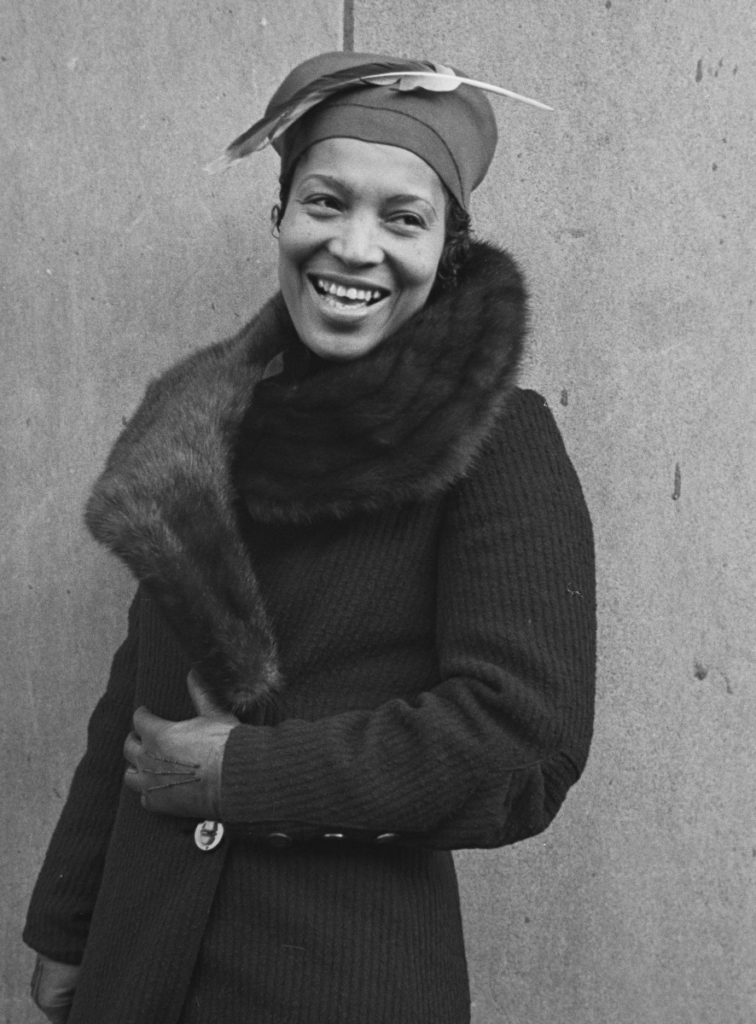During Black History Month 2025, I led a Sunday School at 2nd Presbyterian Church though an exercise in intertextuality.
Intertextuality is the idea that we understand the meaning of a text in relation to other texts. Since we (individuals or groups) have encountered other texts and some have been thought-provoking, those other texts make a difference in what we think and feel when we interpret a text.
This exercise was a chance for us to look at a few short passages from one African American literary genius, Zora Neale Hurston, and think about how those texts influence us when we read the Bible.

According to The Presbyterian Understanding and Use of Holy Scripture “the church has had a long tradition of interpreting scripture according to the ‘rule of faith’ and the ‘rule of love.’ The former holds that the witness of scripture must be consistent with the basic teaching of the church through history; the latter insists that the interpretation of scripture must never conflict with the commandments to love God and neighbor.”
With this guide and openness to interpretation in the PCUSA tradition, we thought about what these biblical texts can mean to us beyond their ancient context or ancient author’s intent. By reading passages from the Bible alongside passages from Hurston, we explored meanings that support our love of God and neighbors.
If you are curious, these are the texts from Hurston and the Bible that we explored:
- A scene of “Janie below the tree” from Their Eyes Were Watching God with Genesis 2:4-25. For the full chapter as context, click here.
- A scene from “The First One,” a one act play with Genesis 9:20-27. For the whole play, click here.
- A scene describing “Ms. Turner’s psyche” from Their Eyes Were Watching God with Genesis 22:1-19. For the full chapter as context, click here.